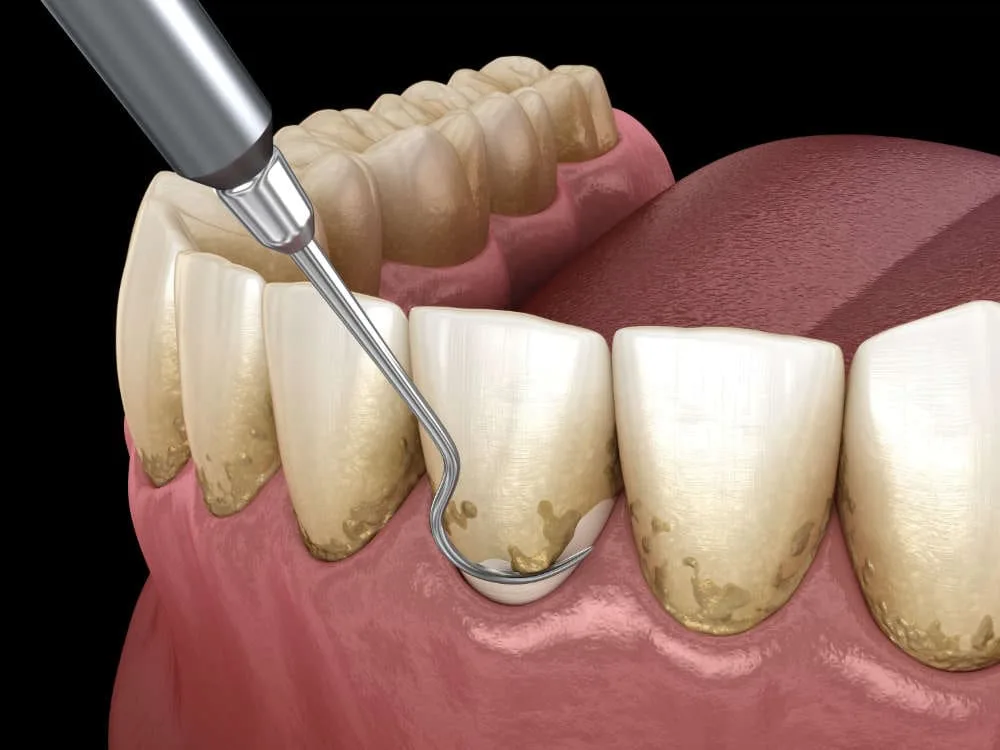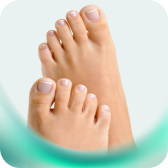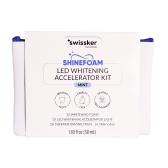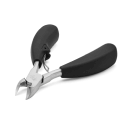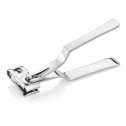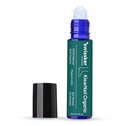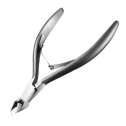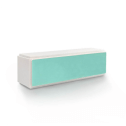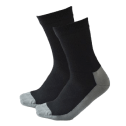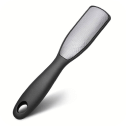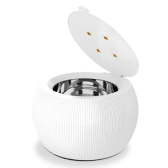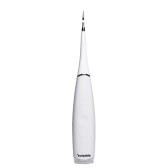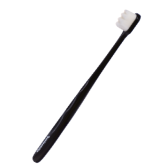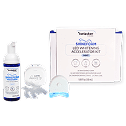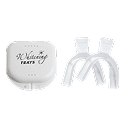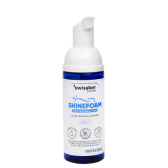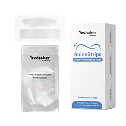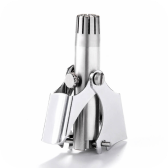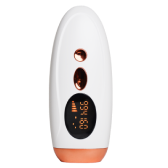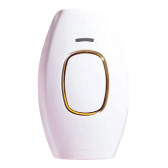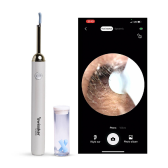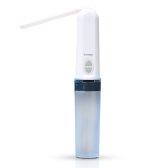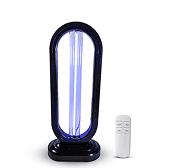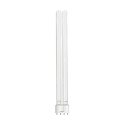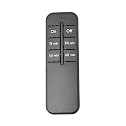Plaque is a sticky build-up of bacteria on your teeth, both above and below your gum line. If left for too long, it can harden and cause cavities, gum disease, and other issues with your teeth and gums. Thankfully, plaque is easy to keep at bay with a good oral hygiene routine using good-quality oral care products.
What is Plaque?

Plaque is a build up of bacteria on your teeth. It feels fuzzy if you run your tongue over it. It occurs when you eat, the bacteria in your mouth break down and digest sugars and carbohydrates. These then adhere to your teeth, causing that fuzzy-feeling film.
If you don’t regularly brush your teeth or have a poor oral hygiene routine, the buildup of plaque can harden and turn into tartar which can cause bad breath, cavities, and gum disease.
Why Is it Important to Remove Plaque from Teeth?
Getting rid of plaque build up on your teeth not only keeps your smile looking (and smelling) its best, it also helps to prevent you developing issues like tooth decay and gum disease.
How to Safely Remove Plaque from Teeth at Home?
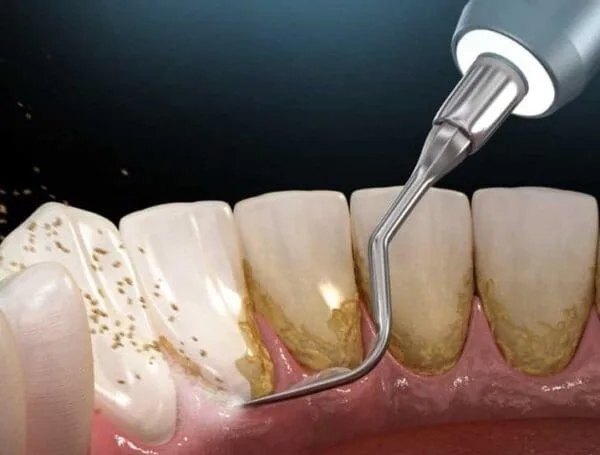
The best way to remove plaque is by establishing a good oral care routine – brushing, flossing, and rinsing with mouthwash. But there are other additional steps you can take to keep your teeth as clean as possible.
Brushing Techniques
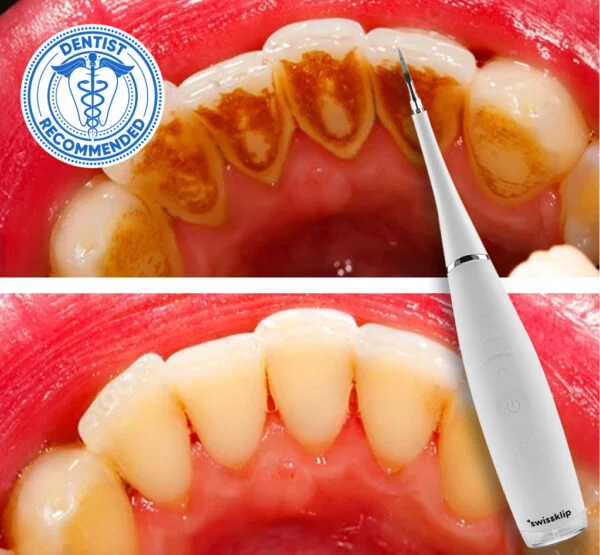
It’s vital that you brush your teeth twice a day, using a soft-bristled toothbrush or an electric toothbrush like the Swissklip Extra Soft Nano Toothbrush. Brush for two minutes with a fluoride toothepaste – one for the top jaw and one for the bottom jaw, in gentle circular motions, making sure to get all sides of the teeth – front, back, and top.
Flossing
Flossing daily is also a vital part of good oral care. Flossing helps to remove plaque and food from in between your teeth where your brush can’t reach and should be done before you brush. You can use traditional floss or floss picks, if that’s easier.
To floss your teeth:
- Take about 18 inches of floss, wrapping one end around each of your middle fingers.
- Hold the floss taut between your thumbs and forefingers, then gently push the floss between two teeth.
- Move the floss into a “C” shape on the side of one tooth.
- Rub the floss up and down gently, continuing to press it against your tooth. Be careful not to jerk or snap the floss.
- Repeat this process for all of your teeth, taking care to floss behind your back teeth as well.
Using Mouthwash
Mouthwash can be used to kill off any unwelcome bacteria and keep your breath fresher for longer. Using a mouthwash like the Swissklip organic mouthwash is the perfect way to finish off your tooth care routine.
Plaque Remover for Teeth
Using a special tool like Swissklip’s Plaque Blaster can help you easily remove plaque from your teeth at home. The Plaque Blaster is an ideal plaque remover for teeth. It works by using high-frequency vibrations to knock plaque and tartar off and away from the teeth effectively.
Baking Soda
Baking soda (also known as bicarbonate of soda), is sometimes added to toothpaste as an extra abrasive. It’s very gentle and does a great job scrubbing away plaque naturally, leaving teeth looking and feeling clean. You can mix your bicarb into a paste with a little water, dip your toothbrush into the mixture, and gently scrub your teeth with the paste to help buff away plaque. Just make sure to rinse after – it doesn’t taste very nice.
Oil Pulling
Oil pulling is the process of swishing oil — usually coconut or olive oil — around in your mouth. It’s thought that oil pulling can strengthen your teeth, prevent tooth decay, soothe sore gums, and remove plaque.
To perform an “oil pull,” you swish about one tablespoon of coconut or olive oil around in your mouth for 20 to 30 minutes. Coconut oil is the most popular choice as it’s believed to be particularly beneficial because it contains fatty acids with anti-inflammatory and antimicrobial effects.
Dietary Tips to Prevent Plaque
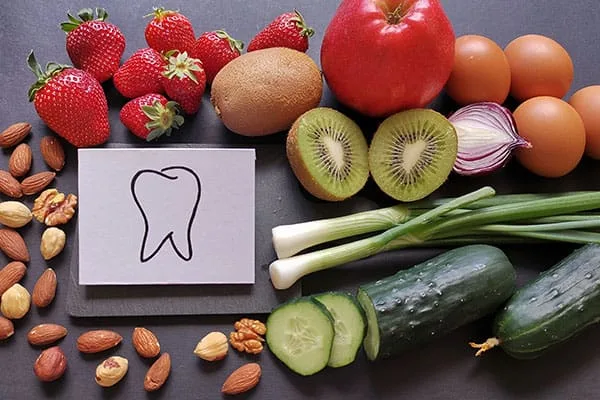
Dietary changes can also help prevent plaque and tartar buildup. Cut back on sugar, starch, and acidic foods and eat a well-balanced diet consisting of plenty of fruits, vegetables, and vitamin-rich options. .
To reduce the risk of plaque and tartar, try to avoid:
- sweets and candy
- starchy or sugary foods that can stick to the teeth, such as bread, potato chips, and some dried fruits
- soda and sports drinks
- citrus juices
When to See a Dentist
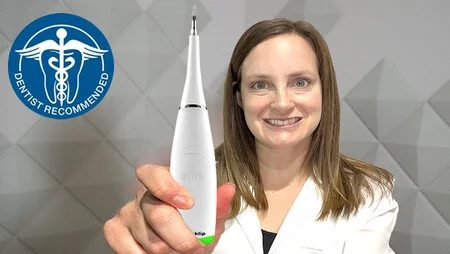
Getting regular dental check-ups and professional cleanings is vital for your overall dental health. Your dentist can spot early signs of tartar or plaque and your hygienist can clean your teeth more thoroughly than you’re able to do at home.
If you notice issues with persistent bad breath, tooth sensitivity, or bleeding gums when you brush or floss, it’s time to visit your dentist.
Conclusion
Plaque is a normal build-up of bacteria that sticks to your teeth over the day but it’s important to brush your teeth to ensure you clean it away and ensure it doesn’t cause more issues later down the line. A build-up of plaque can turn into tartar and dental calculus which can cause bad breath, tooth decay, and gum disease. Maintaining good oral hygiene, alongside regular dental checkups, is the best way to keep your smile bright, white, and healthy.
Check out Swissklip’s oral care products.




